Last updated 8/2021
MP4 | Video: h264, 1280×720 | Audio: AAC, 44.1 KHz
Language: English | Size: 4.97 GB | Duration: 3h 58m
Wine MasterClass: Chile, Sherry • Andalusia, The Diversity of Italy, German Riesling, Bordeaux Left Bank, Champagne
What you’ll learn
Learn about all wine regions, grapes, the winemaking proces and food parings in 8 seasons
This complete course will help you achieve your (WSET) Wine diploma’s
Raking higher than WSET Level 3
8 seasons containing 48 episodes, 96 Wine & Food pairings, 48 Wine experiments
Requirements
You need te be a Wine & Food lover
Have some basic Wine knowledge
Description
Your teachers are Peter Richards MW – Master of Wine & Fredrik Lindfors – Best Sommelier of the Nordics 2017, who will teach you all about wines, wine regions, grapes, winemaking and food parings.The Master Classes are ranked higher than WSET level 3WineMasters Class Part 4Part of a 48 episodes/ 8 seasons series covering all wine regions and grapes. 96 wine and food parings and countless wine making techniques explained, 48 experiments and lots of fun!Austrian Whites (free preview of S1 by Christy Canterbury – Master of Wine & Andreas Larsson – World’s Best Sommelier 2007)Austria makes some of the greatest dry white wines on the planet, both in terms of value and overall quality. The Danube River going through the north-eastern part of the country provides ideal conditions for the rock star white grape varieties Grüner Veltliner and Riesling. You will learn to train your palate and all about the Austrian wine regulations, one of the strictest wine laws in the world and be surprised about two wine and food pairings. To better understand the blind tastings in this episode try to taste a good Grüner Veltliner and Riesling from Austria.ChileChile is considered a ‘New World’ wine country, but it has a long winemaking history, the very first grapevines date back to the 1500s. Later, French grapes were introduced which now produce some of the greatest wines in the world. The unique geographical situation of Chile creates ideal microclimates for grape growing. In our experiment we discuss different types of bottle closures.So far, most Chilean wine has remained phylloxera free. It is isolated from the rest of the world by the Atacama Desert to the north, the Pacific Ocean to the west, and the Andes Mountains to the east.Chile can essentially be split up into 3 major zones: North, Central, and South. The North and South are the frontier regions, where some of the most innovative winemaking is happening.The Central area is the most classic wine-growing area, with hundreds of years of winemaking history and is also home to Chile’s largest producers – this is where you’ll find the regions like Aconcagua, Maipo, Colchagua, Cachapoal, Curico and Maule. There are exciting things happening here too, as vineyards push into the Andean east and Pacific west.We recommend trying different varieties from different areas to discover unique wines from ungrafted vines and a hugely diverse, historic wine making nation.Sherry • AndalusiaSherry is one of the most historic wines in the world. As sherry comes in so many styles, which we’ll all discuss from light and dry to rich and sticky sweet, there is always a suitable sherry wine to pair with your dish, whatever it is. We’ll demonstrate the famous and unique ageing system, called Solera, in our experiment.Sherry might well be one of the most undervalued wines made in the world today. We recommend trying different styles and you will learn to appreciate these wines! Since there are so many different styles you can even fit a sherry with every course.The Diversity of ItalyItaly is home to a huge number of indigenous grape varieties, estimated between 400-2000. We’re going to take you from the north Trentino-Alto Adige, to the midlands of Umbria, Marche and Abruzzo and ending in the heel of Italy: Puglia, to discuss the wines made from some of the better and also less known native grape varieties. And in our experiment, we’ll explain the wine term extraction. Try as many native Italian varieties as possible to get a better understanding of their historical background and it will help you navigate through this complex wine country.German RieslingAlong the Mosel and the Rhine, we find Germany’s most celebrated grape variety: Riesling. Riesling is an aromatic grape with naturally high acidity that can produce very different styles of wine. We’ll explain the German Wine Law and classifications, plus other wine terms to help you reading and understanding wine labels. In our experiment it’s about the balance of sugar and acidity in wine. We recommend trying different styles of Riesling, go to your wine store and read the labels. It is fun to invite friends and taste different styles from 1 producer or the same style from different producers. It’s educational, honest – and enjoy discovering the diversity of Riesling.Bordeaux Left BankThe Bordeaux Left Bank lies close to the Atlantic Ocean and along Gironde river. Vineyards receive more rainfall and soils are gravellier than the Right Bank. Cabernet Sauvignon is dominant as it benefits from the warm gravels and drainage to ripen fully. The finest wines were listed in the classification of 1855 which we’ll discuss, and in our experiment, we’ll talk about ageing ability. Prices for Bordeaux can be sky high and the best wines can be hard to find. But you can find some altogether more affordable treats by looking in less celebrated areas or vintages, or classifications, like for 3rd to 5th growth wineries or Cru Bourgeois. It’s well worth getting to know this unique region.ChampagneWe’ll be diving into the world’s most famous sparkling wine: Champagne, made from Chardonnay and/or Pinot Noir and Meunier. The magic of Champagne – its bubbles – was originally considered an undesirable fault. But it’s the result of natural fermentation – or re-fermentation, as yeasts transform grape sugars into alcohol and carbon dioxide, which we’ll demonstrate in our experiment. In victory or in defeat there is always a reason to open up Champagne. From dry to sweet and from vintage Champagne to Blanc de Noirs we recommend trying different styles to get a better understanding of the descriptions of these various types of Champagne.
Overview
Section 1: Free Preview
Lecture 1 Austrian Whites
Section 2: Chile
Lecture 2 Chile
Section 3: Sherry • Andalusia
Lecture 3 Sherry • Andalusia
Section 4: The Diversity of Italy
Lecture 4 The Diversity of Italy
Section 5: German Riesling
Lecture 5 German Riesling
Section 6: Bordeaux Left Bank
Lecture 6 Bordeaux Left Bank
Section 7: Champagne
Lecture 7 Champagne
(WSET) Wine Students,Wine Course Students,Sommelier Certification Students,(Student) Sommelier,Wine Scholar,Wine & Spirit Education,Wine & Food Lovers
HOMEPAGE
https://anonymz.com/?https://www.udemy.com/course/winemastersclass4/


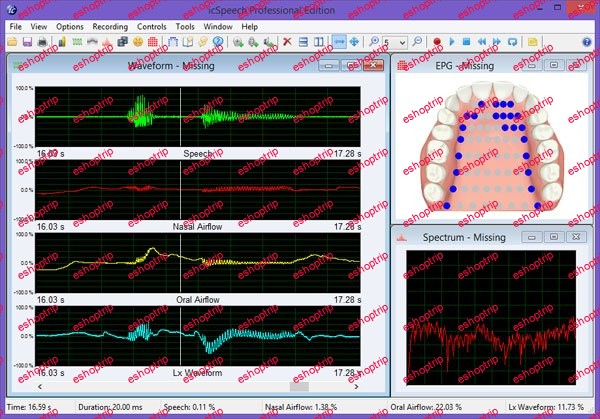
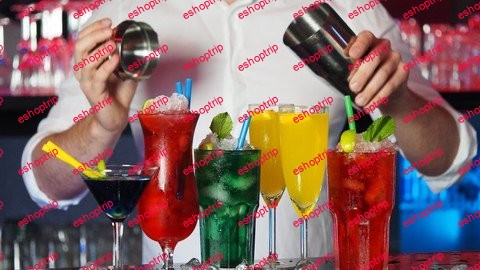
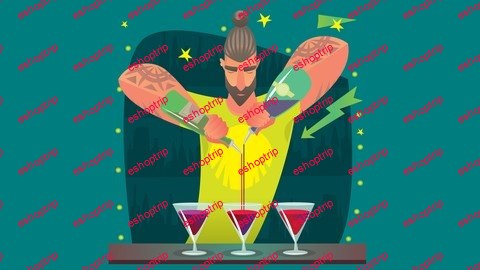
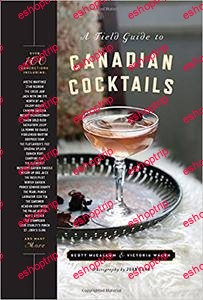



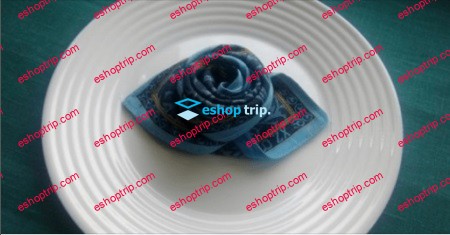
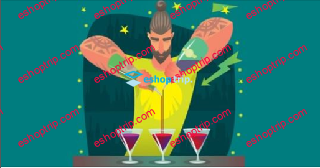
Reviews
There are no reviews yet.